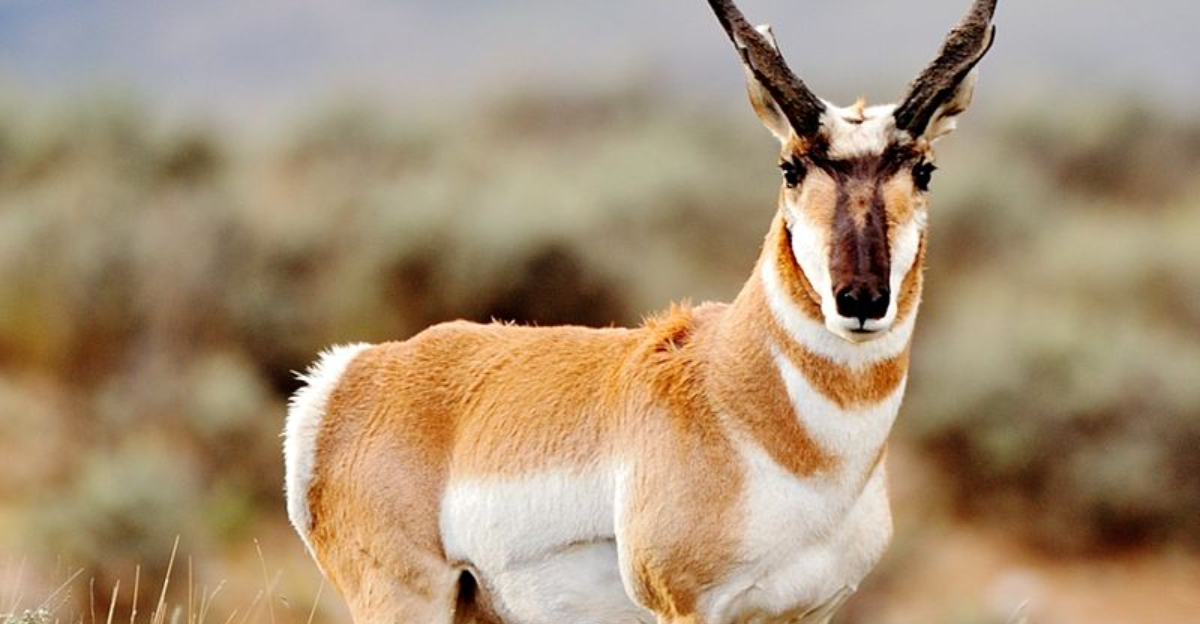When you think of speed in the animal kingdom, cheetahs probably come to mind first. But right here in North America, we have our own speed demon that can outrun anything on the continent.
Shocking and fascinating, right?
I discovered this fascinating creature during a road trip through West Texas last summer. The pronghorn antelope, often mistakenly called just ‘antelope,’ can sprint at speeds up to 60 miles per hour, making it second only to the African cheetah worldwide!
A Creature Like No Other: The Identity Of The Pronghorn
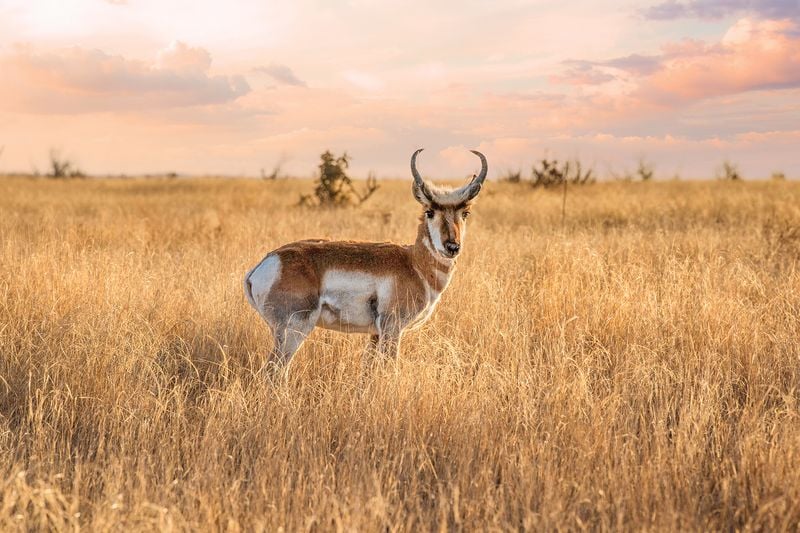
Surprise! The pronghorn isn’t actually an antelope at all.
This uniquely American animal is the last surviving member of a family dating back 20 million years. I once mistook them for deer while driving through the Texas Panhandle, but their distinctive white rumps and forked horns quickly set them apart.
With their large eyes positioned on the sides of their head, pronghorns enjoy nearly 360-degree vision—perfect for spotting predators across wide-open spaces.
These remarkable creatures stand about 3 feet tall at the shoulder and weigh between 90-150 pounds, with males typically larger than females.
Racing Through The Grasslands: The Plains’ True Speedster
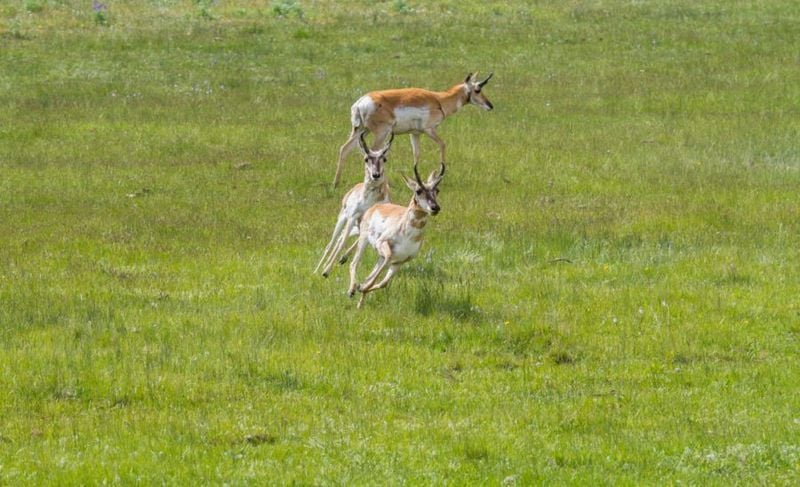
Holy smokes, these animals can fly! Pronghorns can maintain 35 mph for miles and burst up to 60 mph when needed. That’s faster than any other North American animal, including wolves, coyotes, and mountain lions.
Their incredible speed evolved as a survival adaptation against extinct American cheetahs that once hunted them. Now they’re essentially overengineered for their environment—like driving a Ferrari on a country road.
When startled, a pronghorn herd explodes across the landscape in a synchronized blur of motion.
I watched a group clear a football field’s length in seconds flat during my visit to the Panhandle Plains. Their acceleration rivals sports cars, reaching top speed in just a few bounds.
Texas Hotspots: Where To See Pronghorns In The Wild

Want to spot these speedsters yourself? The Texas Panhandle offers prime pronghorn viewing opportunities.
My favorite location is Caprock Canyons State Park, where these swift creatures roam freely against dramatic red canyon backdrops.
Early mornings and late afternoons provide the best chances for sightings as pronghorns are most active during these cooler hours. Bring binoculars! These cautious animals typically maintain a healthy distance from humans.
Other reliable viewing spots include the grasslands surrounding Amarillo and the vast expanses of Big Bend National Park in West Texas. The Trans-Pecos region also supports healthy populations, particularly in the Marathon Basin and around Marfa.
Remember to drive slowly on rural roads—you might spot a herd grazing just off the highway!
Built For Velocity: Nature’s Engineering For Speed
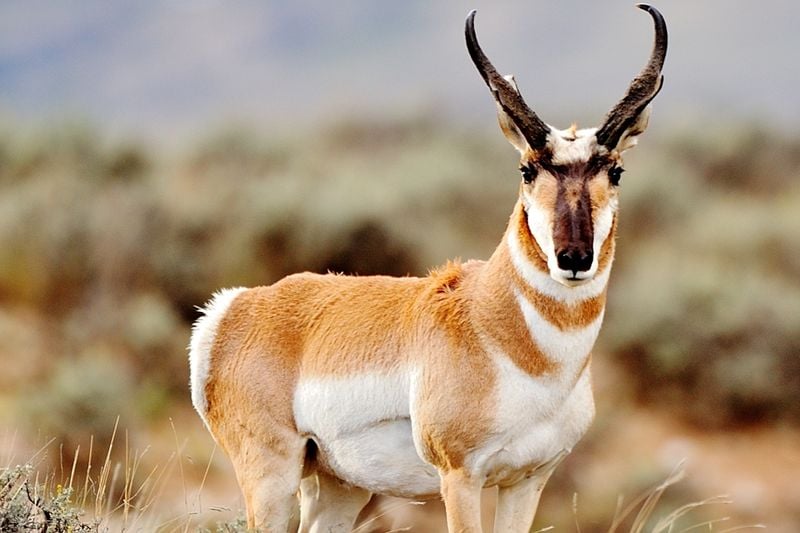
Mother Nature pulled out all the stops when designing the pronghorn. Their oversized heart, lungs, and windpipe allow for exceptional oxygen intake during high-speed runs. Even their hooves contribute to their velocity—lightweight yet sturdy for maximum efficiency.
The pronghorn’s slender legs house specialized tendons that act like springs, propelling them forward with minimal energy expenditure. Their hollow hair provides excellent insulation without adding weight, and their aerodynamic body shape reduces wind resistance.
What fascinates me most is their massive trachea—proportionally twice the size of a similar-sized animal’s.
This super-sized airway enables them to take in huge amounts of oxygen when sprinting across the plains, essentially giving them a built-in turbocharger!
From Brink To Bounce-Back: A Conservation Comeback
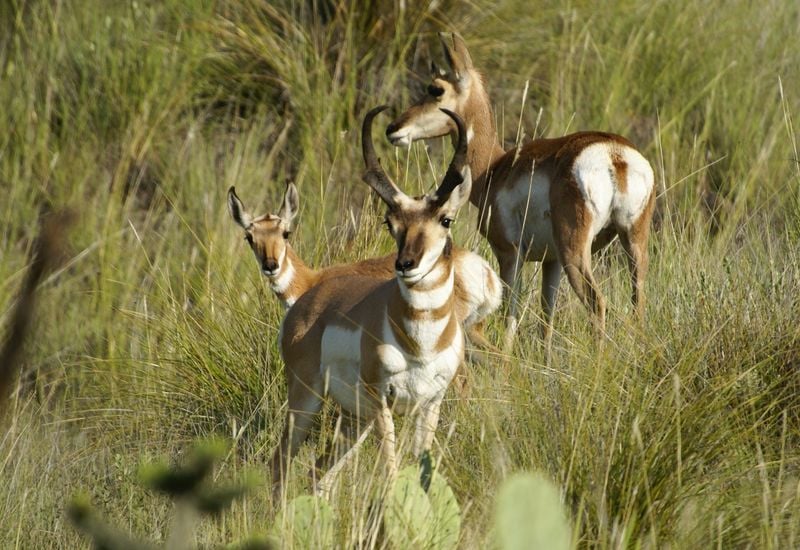
Pronghorns nearly disappeared from Texas entirely in the early 1900s. Unregulated hunting and habitat loss reduced their once-massive population to fewer than 3,000 nationwide. Their recovery stands as one of America’s great conservation victories.
Through careful management, hunting regulations, and habitat protection, pronghorn numbers have rebounded significantly. Texas Parks and Wildlife has even relocated hundreds of pronghorns from healthy populations to bolster struggling herds in the Trans-Pecos region.
When I chatted with a wildlife biologist near Marfa, he explained how ranchers now work alongside conservationists to maintain pronghorn-friendly fencing.
These modified fences allow pronghorns (who prefer jumping under rather than over obstacles) to move freely while still containing livestock. Today, approximately 12,000 pronghorns call Texas home!
Bonds Of The Herd: Social Behavior And Hierarchies
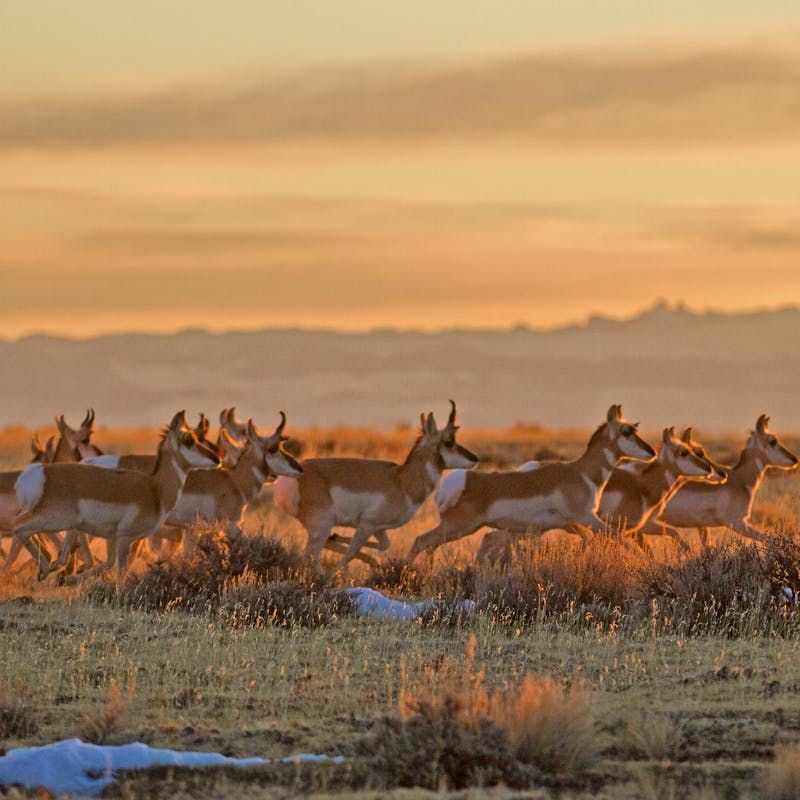
Prairie ballerinas in motion, pronghorns dance through their social circles with surprising complexity. Males establish territories during breeding season, showing off with dramatic displays that include hair-raising, scent-marking, and distinctive vocalizations that sound like buzzing kazoos.
Female pronghorns form tight-knit groups, sharing childcare responsibilities in what biologists call “nursery bands.” These maternal circles protect vulnerable fawns from predators through strength in numbers.
Interestingly, pronghorns maintain seasonal friendships, with different social structures in summer versus winter. During harsh Texas winters, herds can swell to hundreds of animals, temporarily setting aside territorial disputes for collective warmth and protection against the elements.
Sharing The Range: Living Alongside Livestock
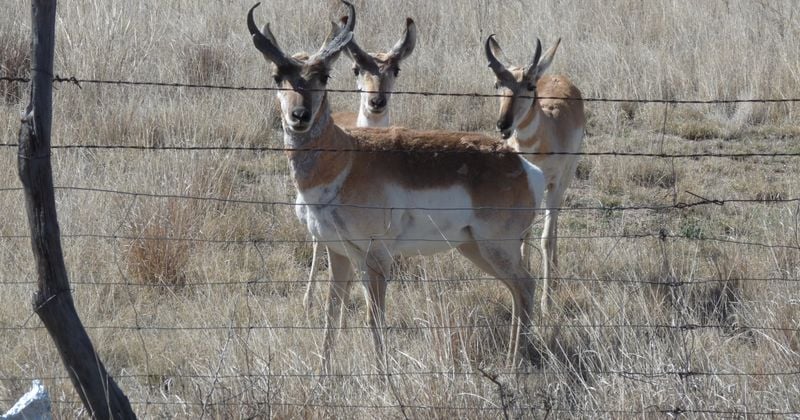
Ranchers and pronghorns have developed an unexpected partnership across Texas plains. Unlike deer that compete with cattle for woody browse, pronghorns prefer different vegetation, creating a natural coexistence that benefits both wild and domestic animals.
Clever ranchers have modified their fencing techniques specifically for pronghorns.
While cattle need just a few strands of barbed wire to stay contained, pronghorns – who rarely jump – need space underneath to scoot through. Forward-thinking landowners now install “pronghorn-friendly” fencing with a higher bottom wire.
Water developments intended for livestock simultaneously serve thirsty pronghorns, especially during Texas’s notorious summer heat waves. This symbiotic relationship showcases how wildlife conservation and ranching can harmoniously coexist.
More Than Just Fast: Why The Pronghorn Matters
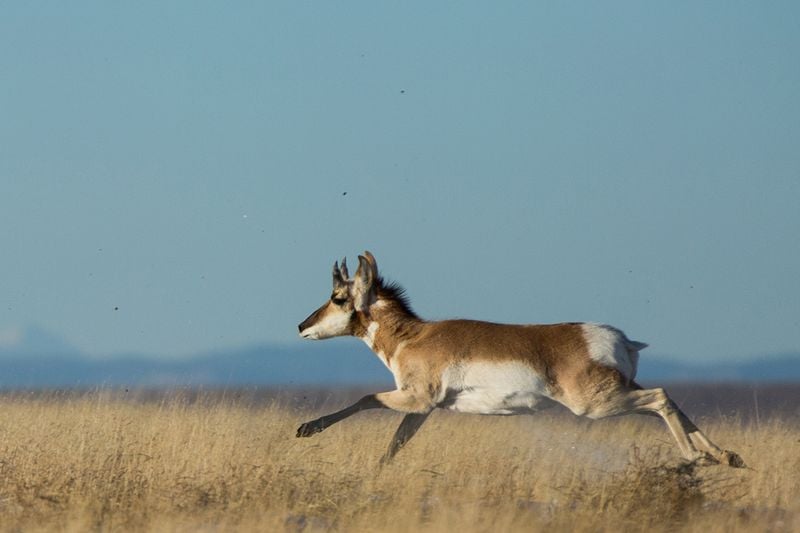
Speed isn’t the pronghorn’s only superpower!
These remarkable creatures serve as living barometers of grassland health. Their presence signals a balanced ecosystem with native grasses and proper predator-prey relationships – when pronghorn populations thrive, it means the entire prairie community is functioning well.
Ancient connections run deep in pronghorn DNA. These living fossils represent the last surviving member of a family dating back 20 million years, making them walking museums of evolutionary history unique to North America.
Pronghorns contribute to seed dispersal across vast distances, helping maintain plant diversity throughout Texas grasslands.
Their selective grazing habits prevent any single plant species from dominating, creating biodiversity hotspots that benefit countless other prairie inhabitants from burrowing owls to monarch butterflies.
